Teaching kids the significance of Good Friday is not only about teaching them about the Lord, it is also about giving them love and sympathy.
As parents and educators, we have an important duty to show our children through this day by assisting them in capturing the deep message of love and sacrifice.
In this comprehensive guide, we get into the many-layered significance of Good Friday for families all over the world, looking at its cultural observance, moments for reflection, teachable instances, and compassion works among other things.
Please join us as we go on a journey to enhance your child’s understanding concerning why Good Friday matters in their lives as well as around them.
What Is Good Friday?
Among Christians, Good Friday is considered a turning point in the history of their religion is a solemn commemoration of Jesus Christ’s crucifixion and his death; it is a serious time to reflect on what it means that he died for mankind’s sins.
Understanding and teaching children the meaning of Good Friday reveals a rich tapestry of faith, devotion, and spiritual thought. The origin of Good Friday traces back to the historical happenings surrounding Jesus Christ’s crucifixion some two thousand years ago.
As per Christian doctrine, Jesus who was perceived as the Son of God voluntarily allowed himself to be crucified under Pontius Pilate who was then the Roman governor of Judea. This happened during Passover which is one important Jewish feast making it more theologically and culturally meaningful.
Although Good Friday holds great importance in Christianity alone, its message of sacrifice and redemption reaches outside religions. Love, forgiveness, and compassion are universal values that came into play when Jesus was crucified cutting across all cultures and religions.
Good Friday reminds us all how people can be selfless at times as well as gives us hope that lasts during hard times.
Read More: What Are Family Goals: 8 Family Goals Examples You Need To Follow!
What Is The Significance Of Good Friday?
The importance of Good Friday goes beyond religious boundaries making it a momentous observance of Jesus Christ’s crucifixion; so here is how it holds significance for families worldwide:
1. Cultural Observance:
In many places, Good Friday is a public holiday that enables families to bond together and engage in various cultural and community-oriented activities. On Good Friday, irrespective of faith, families often come together and observe customs related to this day like attending masses, long walks with statues & effigies, or showing compassion to people.
2. Time for Reflection:
Good Friday allows for introspection and reflection among families. Irrespective of religious convictions, the gravity of the day causes people to think about sacrifice, forgiveness, and humanity’s frailty. Families may have conversations about empathy, and kindness as well as why it is important to stand with those who suffer.
3. Teaching Moments:
For Christian households, Good Friday presents an invaluable teaching opportunity where children can learn more about the meaning behind Jesus Christ’s sacrifice and its implications on their faith. As such, parents can narrate Jesus’ story according to the Bible while talking about its connection to theology thus enabling their children to grasp better what Christianity says.
4. Cultural Exchange:
Multicultural societies see Good Friday as a chance for interfaith dialogue and cultural exchange happening at once. Such diversity also extends itself into non-Christian communities since their fellow believers from other religions will always be embracing them whenever they are observing Good Fridays; this enhances inclusivity within neighborhoods.
5. Acts of Compassion and Service:
Good Friday elicits compassion, going a step beyond religion. On this note, regardless of religious affiliation, families may engage in acts of charity as well as community work or volunteering to honor the passion for selflessness that led to Jesus’ crucifixion.
This joint move aimed at relieving suffering and fostering social justice represents humanity’s shared values like pity and comradeship.
6. Opportunity for Rest and Renewal:
In several countries, Good Friday falls during a spring break or long weekend when families can have some time off together as they get refreshed. To make use of this extra precious day in their extended weekend, therefore, families can go out on picnics with them or they could go hiking together to enjoy the beautiful weather that has come with the end of winter.
Family ties do not mean much on Good Friday; there are lessons learned about sacrifice from different religions around the world. So, through religious activities such as prayers or participation in charitable works where all family members participate, life will have meaning in this sacred day since it will bring people closer to one another.
Read More: 6 Signs of Narcissistic Parenting and How It Shapes A Child’s Future!
Effective Tips For Teaching Kids The Significance of Good Friday
Making children understand the importance of Good Friday is not only for information purposes, but also to expose them to sympathy, love, and faith. As parents and educators, we have an opportunity to lead them through this day’s solemnity.
These are some effective ways of teaching kids the significance of Good Friday:
1. Interactive Storytelling:
Involve children in imaginative storytelling that gives detailed explanations about Jesus’ journey to crucifixion. Use animated voices, gestures, and props to make the story alive and engaging to help establish a stronger bond between them and Good Friday events.
Make children participate by acting out scenes or questioning thus making it a full learning immersion that will continue with them till they die when it comes to their idea of Jesus’ death.
2. Visual Aids:
To simplify your lesson use various visual aids like colorful illustrations, children’s Bible stories, or multimedia presentations. Through these tools, what Jesus did on the cross is portrayed in such a way that little ones can understand its weightiness in Christianity.
On top of that, introduce interactive elements like interactive storytelling apps or educational videos which will engage children in active learning by utilizing their sight and sound.
3. Discussion Sessions:
To create a setting where open dialogue is promoted, and children can talk freely about their ideas and questions concerning Good Friday. Ask children to discuss the feelings and purposes of the biblical characters as a way of fostering critical thinking.
Let the children share what they think about it, allowing them to understand each other and develop unity among themselves.
4. Role-playing:
Kids should be taught empathy along with skills in perspective-taking by making them role-play the Passion story to stand in for other people’s shoes. Choose characters such as Jesus, disciples, or bystanders for them, and make sure you let them picture themselves being there at Jesus’ last hours.
Children learn to appreciate the challenges faced by different people during this time by acting out these roles.
5. Art and Crafts:
Hands-on arts and crafts activities inspired by Good Friday will trigger creativity and reflection. For example, let children draw pictures or make sculptures showing how much it hurt when Jesus sacrificed his life on the cross.
Give materials that can be used to make Easter cards with messages of hope as well as love which may help kids reveal their understanding of the Easter story in personal ways.
6. Service Projects:
Developing compassion and empathy by getting kids involved in age-appropriate service projects on Good Friday. Include children in such activities as assisting at a local shelter, writing letters to the elderly, or collecting donations for those who are less fortunate.
These actions of kindness represent the essence of Jesus’ sacrificial love which is meant to teach children the importance of serving others with compassion and unselfishness.
7. Family Devotions:
Build family ties and spiritual connection through shared devotionals on Good Friday. As a family, gather together to read from the bible, pray, and reflect on what Jesus’ sacrifice means fostering unity and godliness within the home.
Children should be encouraged to express their thoughts and opinions so that an atmosphere is created where faith can grow and develop.
8. Symbolism Explained:
Expand your child’s understanding of Good Friday by unpacking what these symbols mean i.e., cross, crown of thorns, nails etc. Age-appropriate explanations need to be used alongside visual aids that will help make clear what these symbols signify about the Christian religion which indicates that Jesus suffered for human sins only to conquer death also.
Let children explore these elements in terms of their own lives and beliefs thereby fostering an increased understanding regarding Easter story significance.
9. Easter Egg Hunts with a Twist:
Make Easter egg hunts more meaningful by putting in some symbolic items related to Jesus’ crucifixion. Place little crosses or pieces of cloth representing the burial shroud among colorful eggs so that children can think about the “real” meaning of Easter.
This is an opportunity to engage children in discussions about Jesus’ sacrifice and his resurrection, thereby creating a memorable and impactful Easter experience.
10. Worship Services Appropriate for all Ages:
Have joyful services for kids at different age levels or children’s programs specifically for Good Friday observance. These services include activities and teachings that are interesting enough to help kids understand the importance of Jesus’ death on the cross and the hope found in his resurrection.
Using interactive techniques such as storytelling, music, art, and craft, it will be possible to capture the interest and imagination of young people during worship thus making it a dynamic spiritual journey that belongs to them.
These tips aim at making learning about Good Friday a meaningful and engaging experience for children, helping them grasp the significance of Jesus’ sacrifice as well as the love, forgiveness, and redemption preached through it.
A Word From Mind Family
Our guide on teaching kids about the importance of Good Friday has come to an end, and we cannot forget that nurturing understanding, empathy, and faith can deeply influence young hearts and minds.
We as parents and teachers are responsible for leading our children through this day in a more meaningful connection with love and self-sacrifice.
Given helping families bring out enduring values like forgiveness love and empathy among their children, I hope this guide will be of help.
As Easter unfolds before us may the lessons learned on Good Friday keep inspiring our lives of faith, hope, and love.
Frequently Asked Questions (FAQs)
1. What is Good Friday?
Good Friday commemorates Jesus Christ’s crucifixion and death, a cornerstone of the Christian faith observed during Holy Week.
2. What is the significance of Good Friday?
Good Friday holds profound significance, marking Jesus’ sacrifice for humanity’s sins, and fostering reflection, compassion, and spiritual growth.
3. What are some tips for teaching kids the significance of Good Friday?
Tips include interactive storytelling, visual aids, discussions, role-playing, art, service projects, family devotions, and age-appropriate worship services.
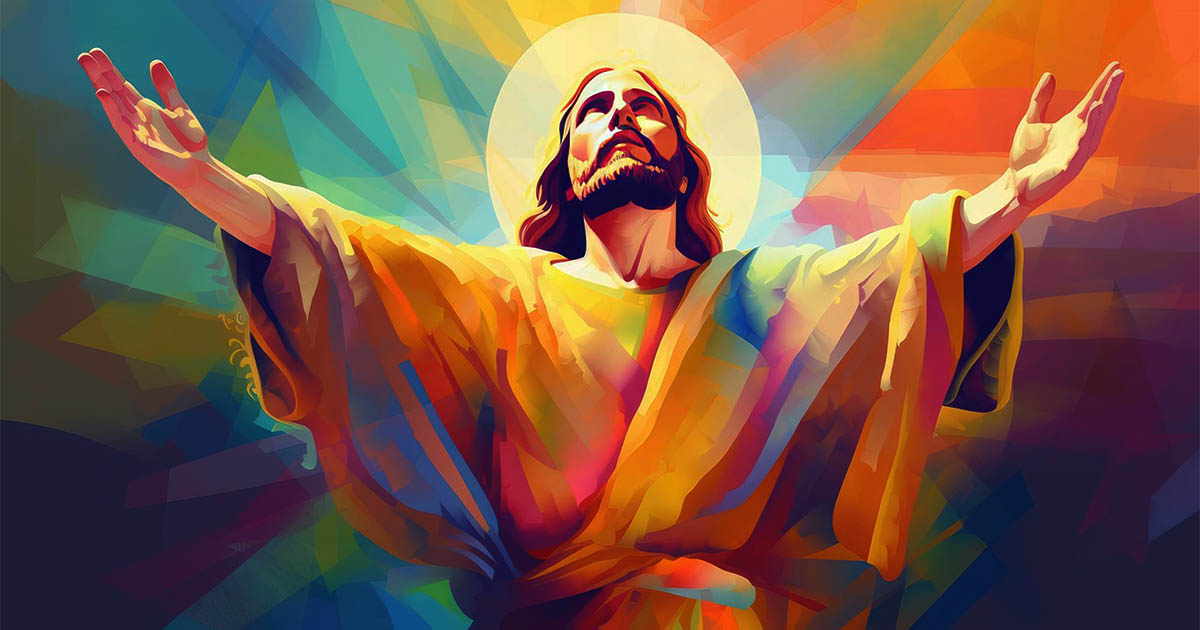

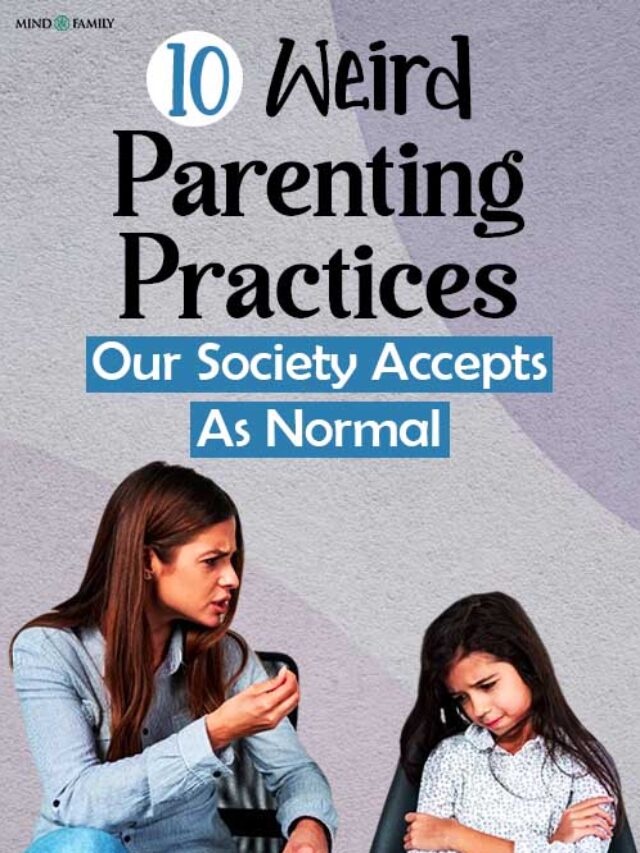


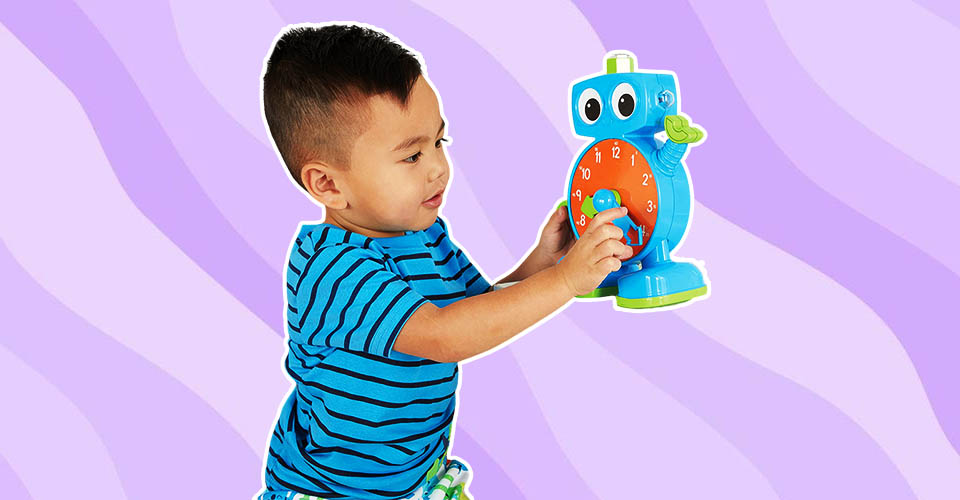

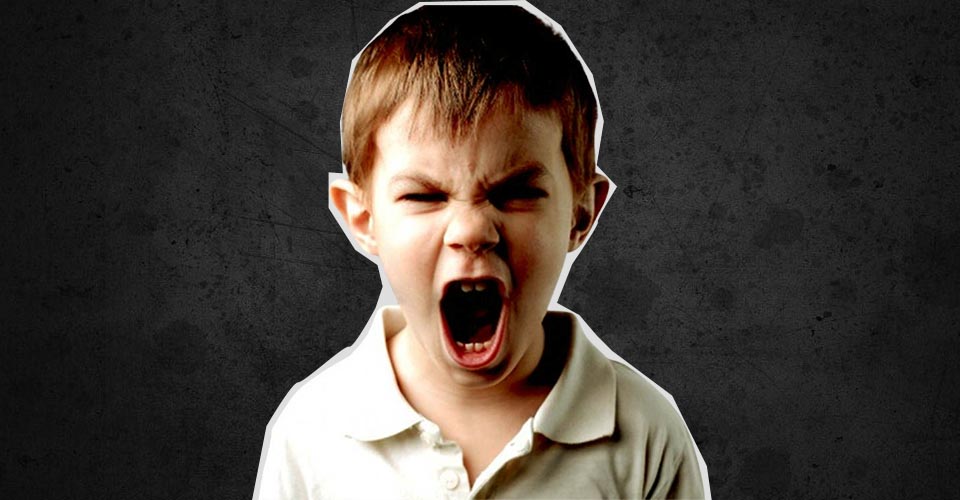
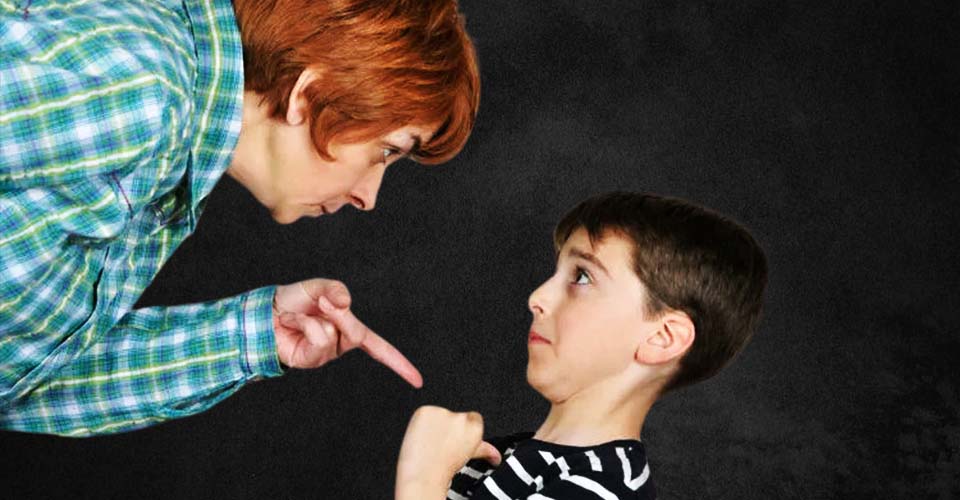



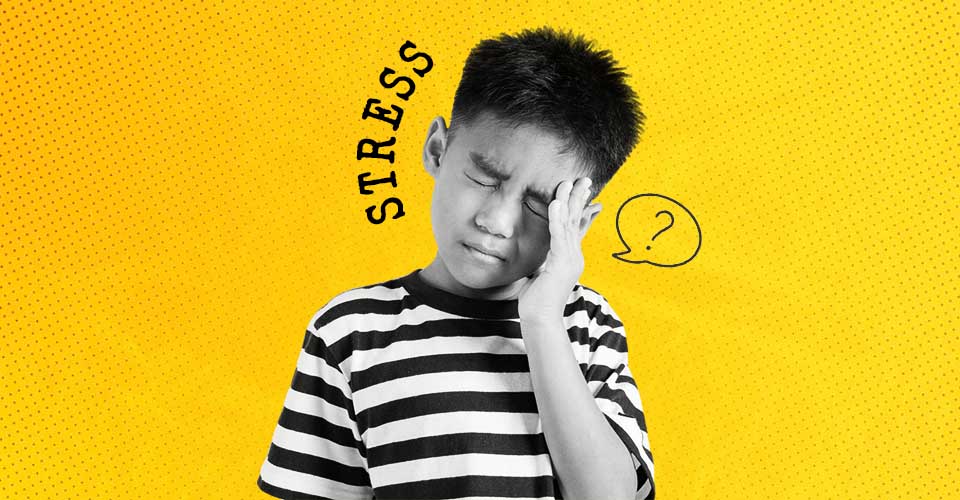





Leave a Reply